When costochondritis comes knocking, it can feel like a heart condition paying you an unwelcome visit, enveloping you in pain with every breath, cough, or sneeze intensifying the discomfort.
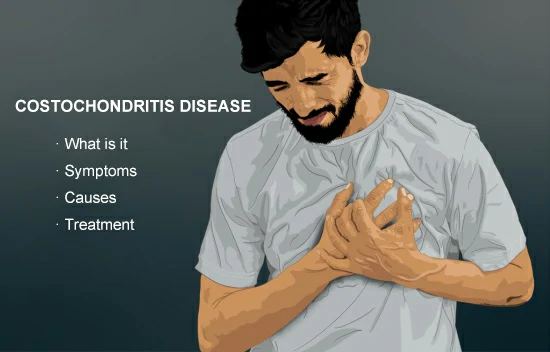
It’s like having a little baby sitting on your chest, making it hard to breathe freely. However, this may not be the heart issue you imagine; it could very well be the mischief of costochondritis.
What is costochondritis disease?
Costochondritis (costo) is actually a fairly common but vexing inflammatory condition. When you’re trapped in inflammation, every movement feels like a sharp stab, as if someone is thrusting a knife into your ribs and chest below. Sometimes your hands even become numb and tingly, making you feel like your whole body is in agony.
There are various factors that can lead to this condition, including trauma, overexertion, muscle tension, aging, and inadequate stability of the shoulder blade.

One often overlooked factor is the stability of the shoulder blade. Imagine if your shoulder blade lacks stability — it could lead to other parts of the body bearing excessive pressure, exacerbating the discomfort around the rib cartilage.
By improving the stability of the shoulder blade, you can effectively reduce the pressure and discomfort in the rib cartilage area, helping the affected region recover function and comfort. Therefore, when treating costochondritis, do not underestimate the importance of the shoulder blade region.
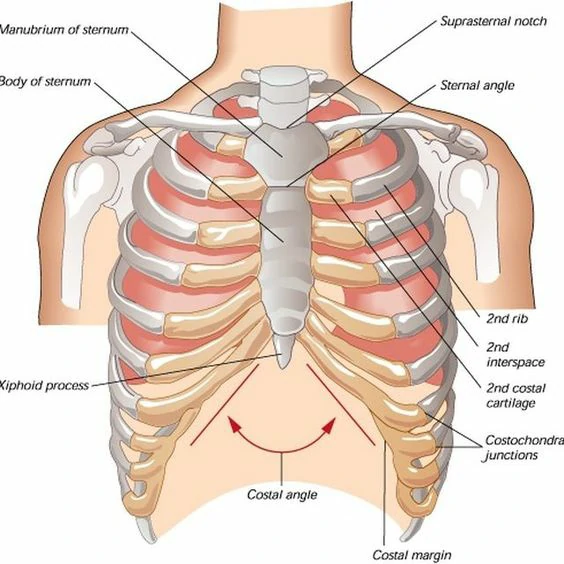
How long does the pain last?
It is a self-limiting condition, with over 90% of individuals experiencing symptom improvement within 3-4 weeks. For some, it may persist for a year or even longer. Even after symptoms subside, they may recur in the same location or at another rib level.
How to treat it?
Here have experience with costochondritis
If you’re looking to bid farewell to costochondritis as swiftly as possible, here are a few tips that might just do the trick:
To start, make sure the affected area gets ample rest, reducing the frequency or intensity of physical activities or work.
Trigger point massage
This method involves applying pressure to specific sensitive points or muscle areas in the body to relieve pain and tension. In the case of costochondritis, therapists or masseuses target specific trigger points in the muscles by applying appropriate pressure.
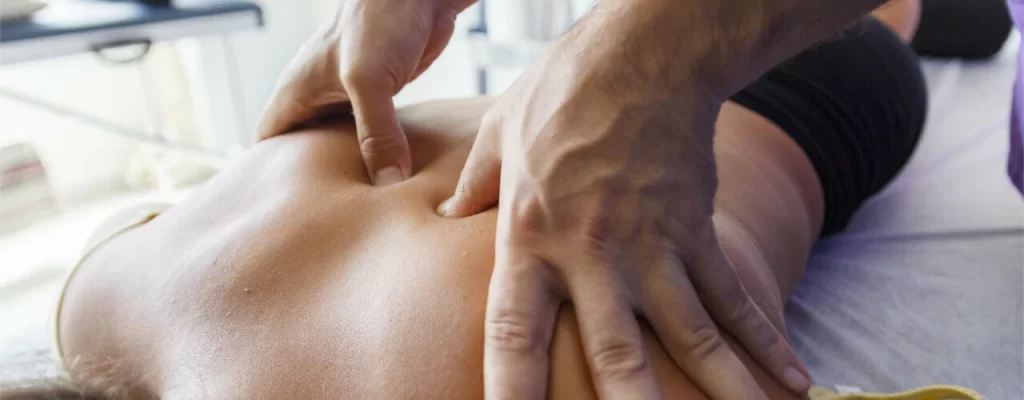
This massage can enhance blood circulation, relieve muscle tension, and help relive pain. Muscle relaxation techniques are often combined to help muscles regain normal elasticity and range of motion.
Thoracic manual therapy
This approach involves adjusting the mobility of the ribs, thoracic spine, and shoulder blade to improve costochondritis symptoms. Therapists use specific techniques to help readjust the position and posture of the affected area to reduce inflammation and pain.

This may involve soft tissue techniques, joint mobilization techniques, and other methods to restore the normal function of the ribs and thoracic spine. Therapists may also recommend some home exercises to assist patients in continuing to improve their posture and mobility in their daily lives. Combining these 2 approaches can expedite the recovery process and enhance treatment effectiveness.
Progressive stretching exercises
Stretching the pectoralis major (stand in a corner with hands on the wall, hold for 10 seconds (similar to doing push-ups) and repeat several times a day for 1 or 2 minutes each time). This is a highly effective method that can quickly open up your upper and mid-back.
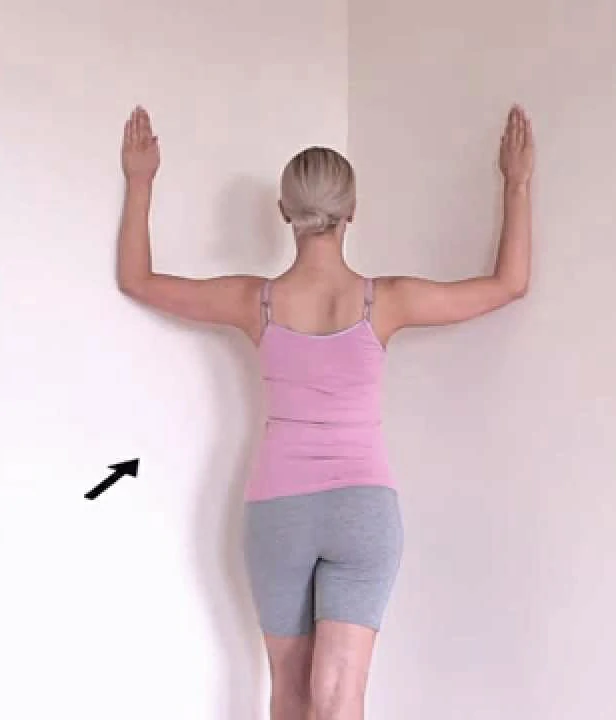
If you struggle with exercise or find the pain unbearable, employing a shoulder blade wedge can be a game-changer. The wedge provides ample support to help you open up your thoracic spine, allowing for more comfortable breathing.
Simply lie on top of it, much like when a therapist massages your shoulder blade area. For those who can’t tolerate poking or massaging and may feel itchy or uncomfortable when touched, this tool offers relief.
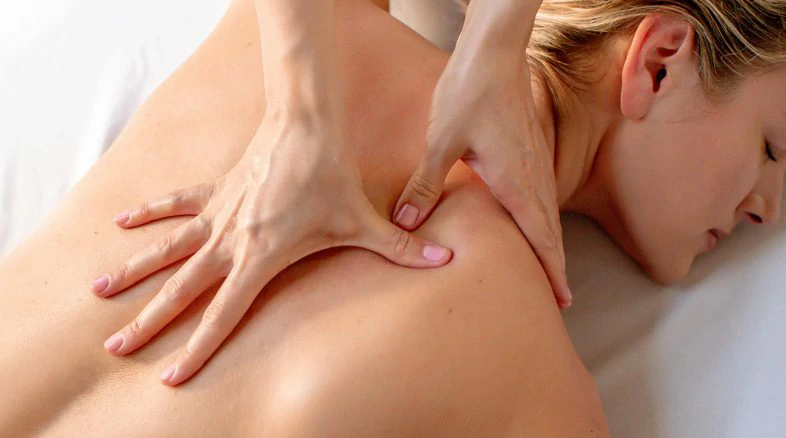
The bumps on the wedge will press on trigger points in your upper and mid-back, akin to a therapist’s fingers massaging trigger points.
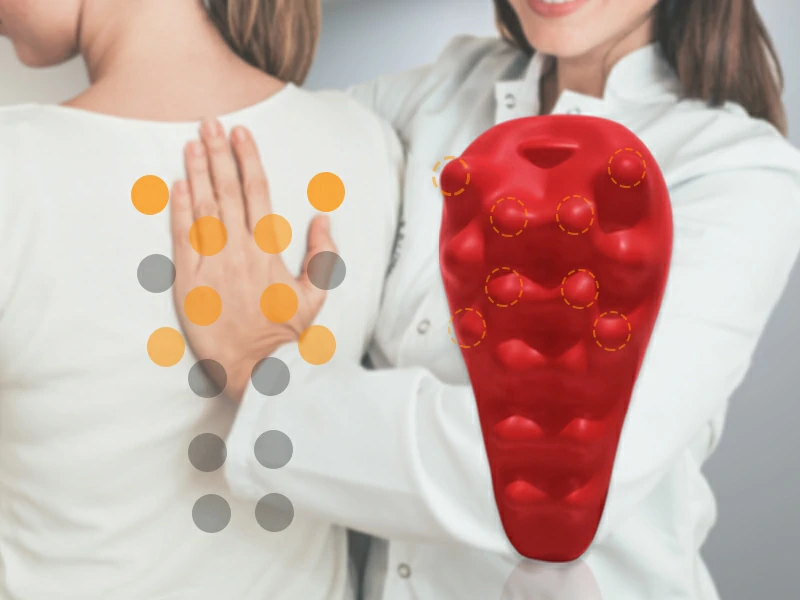
If you have the energy, follow the techniques in the booklet to swing your arms for faster recovery. The exercise is simple: place your hands next to your ears, palms facing up, with your upper arms parallel to your shoulders. Then, bring your arms flat against the ground and raise them over your head. Repeat this motion for 3-5 minutes to achieve a similar effect to the wall corner stretch.
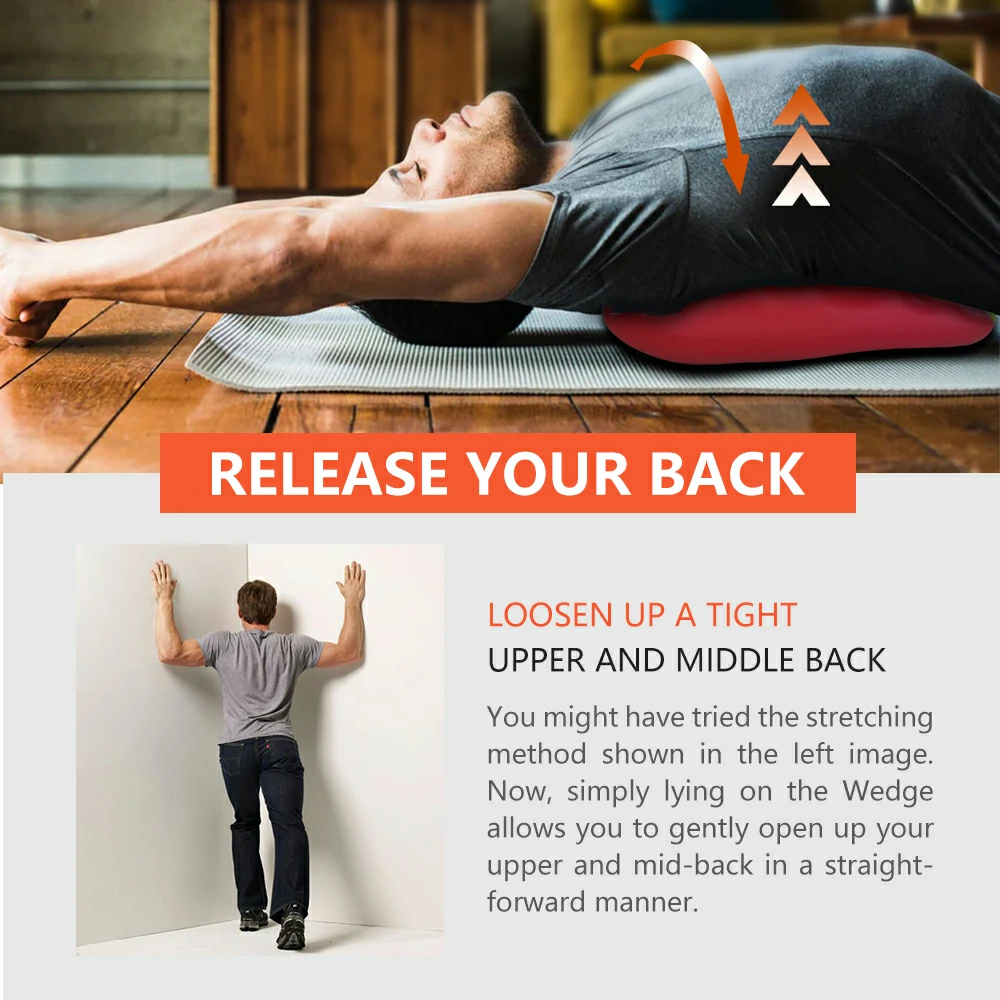
This exercise can help enhance blood circulation and relax muscles, offering a simple yet effective way to recover from costochondritis. Remember, consistency and the right treatment approach can expedite the healing process, allowing you to bid adieu to the troubles of costochondritis sooner rather than later.
However, costochondritis isn’t a quick fix — some individuals may experience improvement in just a few days, while others might require several months. So, don’t rush it; take it slow, and grant yourself a little patience.
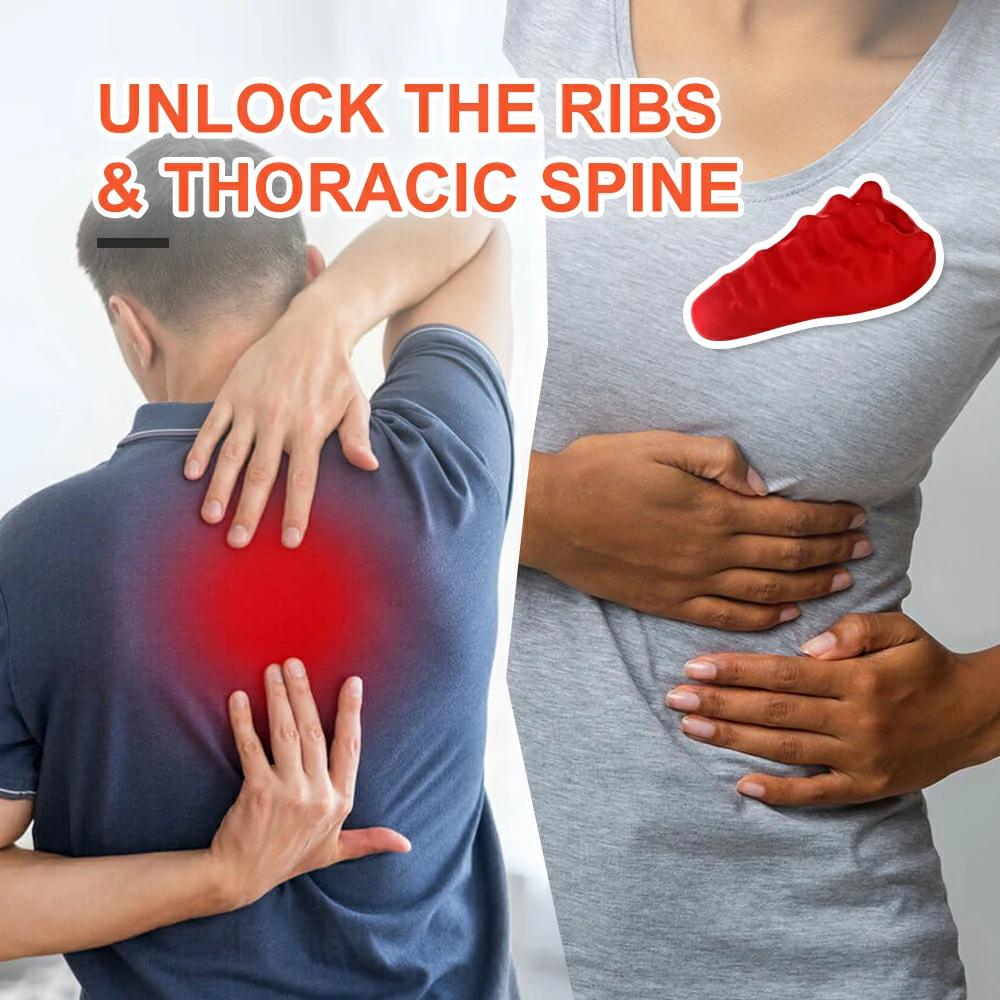
What Triggers or Aggravates Costochondritis?
If you’re currently experiencing or have had bouts of costochondritis, there are certain factors to be mindful of in your daily life to avoid exacerbating inflammation or triggering flare-ups. Here are some factors that might lead to the onset or aggravation of costochondritis:
1. Overexertion or Improper Exercise
Intense or incorrect exercise postures can potentially damage and inflame the costal cartilage, leading to increased pain symptoms.
2. Prolonged Poor Posture
Maintaining incorrect postures for extended periods, especially when constantly looking down at your phone, sitting in front of a computer, or slouching on the couch. These poor postures can exert additional pressure on the costal cartilage, contributing to the progression of inflammation.

3. Smoking
Reduce smoking during pain episodes. Smoking engages the chest cavity, exacerbating pain and prolonging inflammation recovery time.
4. Cold Weather
Cold climates or insufficient warmth can cause muscles to tense up, intensifying pain and discomfort. One easily overlooked aspect is exposing the upper body to a fan on a hot summer day, setting the air conditioning to a very low temperature, or consuming ice.
5. Persistent Stress or Anxiety
Before being diagnosed with costochondritis, many individuals mistakenly attribute it to heart pain, leading to excessive anxiety. When feeling anxious or tense, muscles involuntarily tighten, worsening the symptoms of costochondritis. Don’t fret; you can overcome this by maintaining a relaxed demeanor.
When dealing with costochondritis, avoiding the aforementioned factors is crucial. Maintaining good lifestyle habits, correct postures, and undergoing effective treatment are essential for relieving pain and promoting recovery.
Taking proactive steps, such as using the shoulder blade wedge 1-2 times daily, is crucial for facilitating recovery. Lastly, maintain a positive attitude, minimize stress and anxiety as much as possible, as your efforts will yield results. Hopefully, these tips can assist you in bidding an early farewell to the troubles of costochondritis.
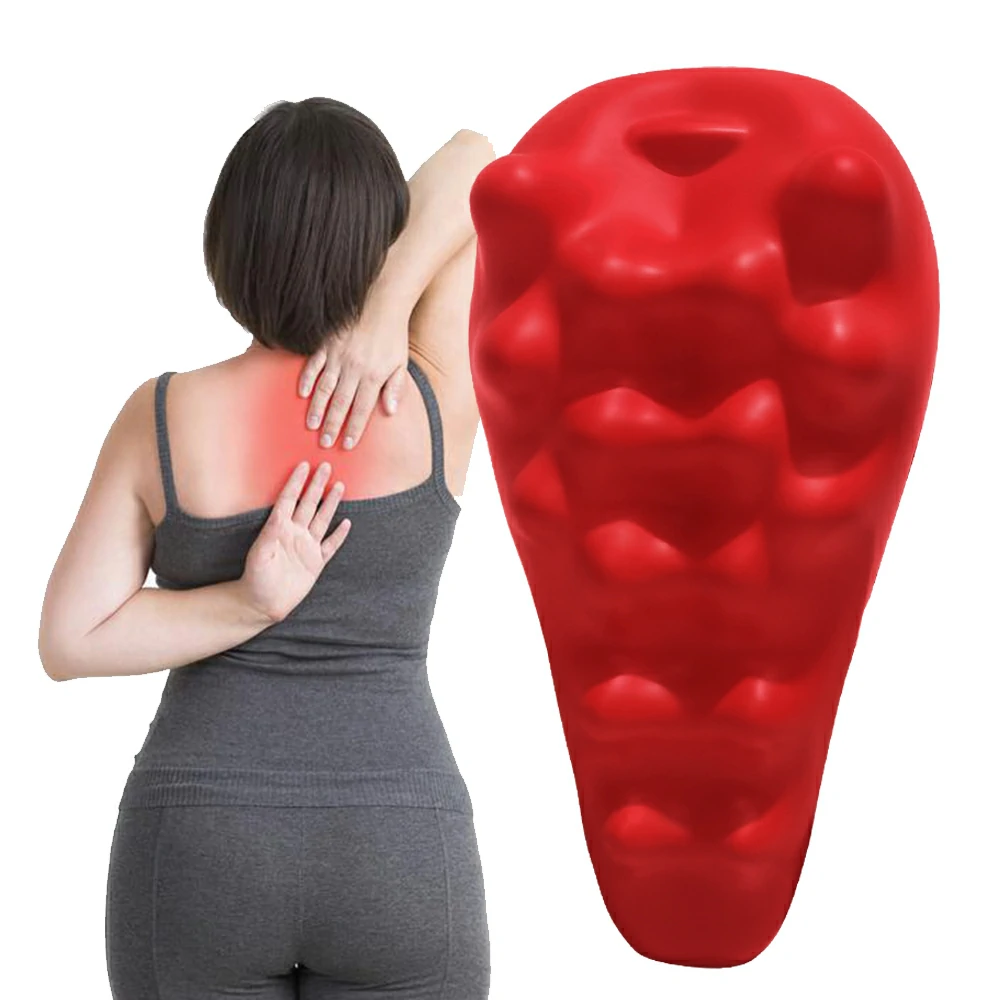
Remember to care for your body and prioritize self-care! If the situation worsens or persists, please seek timely medical attention; the advice and treatment of a professional doctor can help you navigate these challenges. Take good care of yourself, and here’s to a speedy recovery!